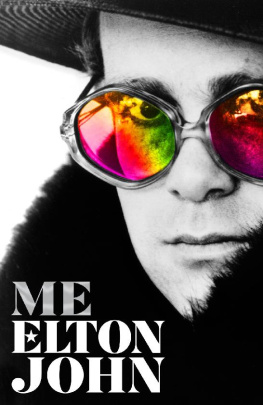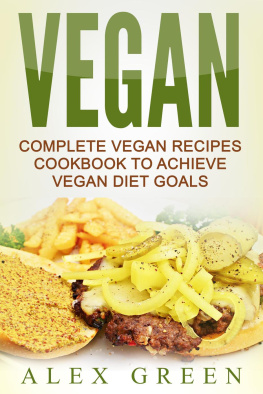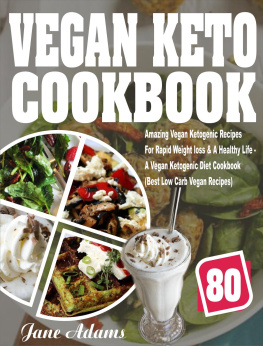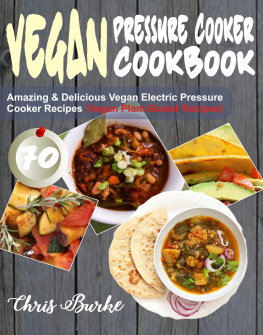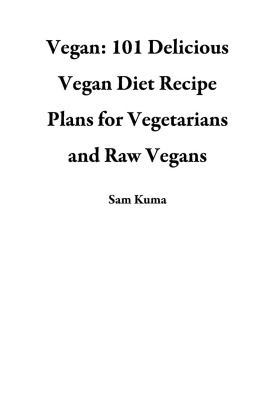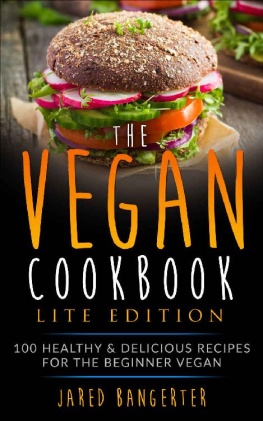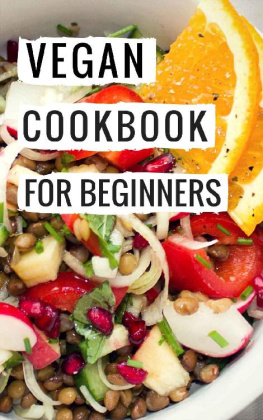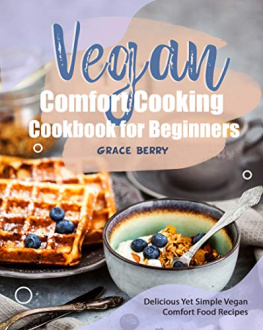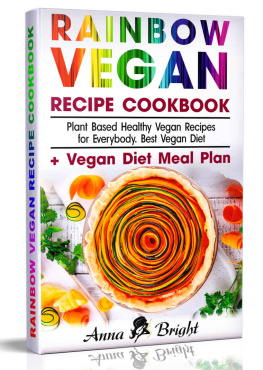Nowadays, more and more people are talking about sustainability, CO2 reduction and a healthy lifestyle in general. People are becoming more and more aware of their environment and, above all, of themselves. And that's just as well. It is true that if you want to change something, you have to start with yourself. What could be more natural than to think about your eating habits?
Why vegan
There are some good reasons to be vegan. In the end, you have also decided to go this way.
Your decision was certainly not made on a whim, but was well thought out by you. There are probably many little things that led you to take the vegan step. However, these many little things can be divided into three categories. Living vegan for animal welfare No animal has to be killed these days. We sew our clothing mainly from vegetable or synthetic fabrics. The range of fruit, vegetables and meat substitute products is plentiful and offers you varied dishes for your menu.
Many people are unaware of how animals are tortured for our consumption and suffer throughout their lives. Or they just don't care. In factory farming, animals are useful products, not living beings with feelings. In this way, the chickens in the battery are cut off half of their beaks when fully conscious, so that they cannot injure themselves. But the roosters are getting worse. Do you know the term chick shredding ? Male chicks enter the chopper fully conscious.
And why? They do not lay eggs and for this reason are of no use. After this process was secretly filmed by animal rights activists and posted on the Internet, it spread like wildfire through all the media. A law banning such methods has been called for. But " chick shredding " is still legitimate today. And why? Because it's cheaper than other alternatives. In the mass breeding of pigs and cattle, the "goods" are castrated without anesthesia.
They suffer from fear of death and months of torment until they are sufficiently fattened. Then they are crammed into a truck, with no water or feed, straight to the slaughter. In their short life they were never allowed to go out into the pasture, breathe fresh air or see the sun. Of course there are also farmers who specialize in animal welfare. Here the animals get enough space to live, good food and loving treatment. But that has its price.
Unfortunately, only a few are willing to pay this price as long as it can be cheaper. Animals are endangered by human consumption not only on land but also in water. Modern fishing is to blame for the overfishing of our waters and seas. There are not enough offspring to satisfy our hunger. Dolphins also get caught in the nets, which die miserably and are sometimes even "recycled" in the products. Of course there are animal welfare organizations that are involved and laws that have to take effect.
But a lot happens behind the back of the law. You don't care what all these animals have to go through. That's why you chose a vegan life. Living vegan for the environment In the modern animal factories everything the animal has to offer is really used and turned into money. Without consideration for the animals, but also without consideration for our nature. The fact is that factory farming uses a lot of drinking water.
The water is used for the production of food as well as drinking and cleaning water for millions of " meat suppliers ". But that's not all. The animals bred for our consumption, for example, in the United States of America alone produce 39,000 kilos of excrement per second, which flow into our soils and groundwater. That is 130 times more than all of humanity on earth produces. This enormous mass only in the USA. What about the rest of the world then? The generations of our children and grandchildren will have to grapple with the consequences of factory farming.
But you know that there can be another way. We only have this one planet to leave for our children. It is important to protect him. You can do this actively by following a vegan diet. Living vegan for you Those who consume a lot of meat have a higher risk of heart attacks than people who completely avoid meat. The researchers Dr.
Dean Ornish and Dr. Caldwell Esselstyn advised their patients not to consume meat and in this way were even able to reverse diseases of the heart. The patients were made " heart attack resistant " by lowering their cholesterol level to 150. Because with this value a heart attack with fatal consequences has never been proven. Furthermore, people who consume animal products are also at risk in other areas. For example, the risk of cancer increases to 40%.
Physical complaints and illnesses such as obesity, diabetes, appendicitis, arthritis, osteoporosis and even strokes occur more frequently than in people who avoid animal foods. What you might not know either: Meat contains significantly more chemicals and pesticides than vegetable products. Because the animals are given a lot of medication to prevent them from getting sick, and they usually consume injected food. The so-called stables are also cleaned with toxic chemicals, which the animals also take in. The chemical concentration is on average 14 times higher than in plants.
The difference to veganism
Many people, including you, are not entirely clear about the difference between vegetarianism and veganism.
The difference to veganism
Many people, including you, are not entirely clear about the difference between vegetarianism and veganism.
But actually it's quick and easy to explain. vegetarianism The vegetarian completely renounces meat, but eats animal products such as eggs, milk, cheese, quark or honey. In the area of vegetarianism, various forms have emerged over time, which one can follow. The flexitarian Actually, this kind of vegetarianism is not 100% one of them. This is why the flexitarian is jokingly referred to as a vegetarian without stamina . He eats meat every now and then, but only of good quality.
This means that the meat must not come from factory farming, but from verified organic farmers. Otherwise he is mostly only vegetarian. How often meat can be eaten during the week is, as always, in the eye of the beholder. The semi-vegetarian This contemporary does without red meat like beef and pork, but poultry and fish are on his menu. The ovo vegetarian His breakfast egg is on the table, but milk and dairy products such as quark and cheese are taboo, as is meat, fish and poultry. Lacto vegetarian Milk and milk products are allowed on his menu.
He doesn't touch eggs, meat, fish or poultry. The lacto-ovo-pesce vegetarian He does not eat meat and poultry, but instead eats animal products and fish. Ovo-lacto vegetarians Only animal products are on his menu because he completely dispenses with meat, fish and poultry. So the vegetarian is not very consistent as you can see. He cannot or does not want to do without meat and animal products completely. Veganism However, things look different with vegans.
In contrast to the vegetarian, the vegan eats purely plant-based. People who not only eat vegan, but also live vegan, really do without anything made from animals. You won't find a real leather sofa, sweater made of sheep's wool or gummy bears with animal gelatine in a vegan household. Neither are feather pillows or cosmetics that do not do without animal testing. A subspecies of the vegan is the fruitarian, who only eats seeds, nuts and fruits. This form is quite strict, because the fruitarian does not want to damage the plants he wants to eat.
Often there is only windfall on the table that he collects himself. Vegetables are usually not possible because the root or the tuber (for example with potatoes or carrots) is eaten here. In the eyes of the frutarian the plant would be destroyed. Another strict subspecies is the raw foodist, who does not cook plants, but only eats them in their natural state.




